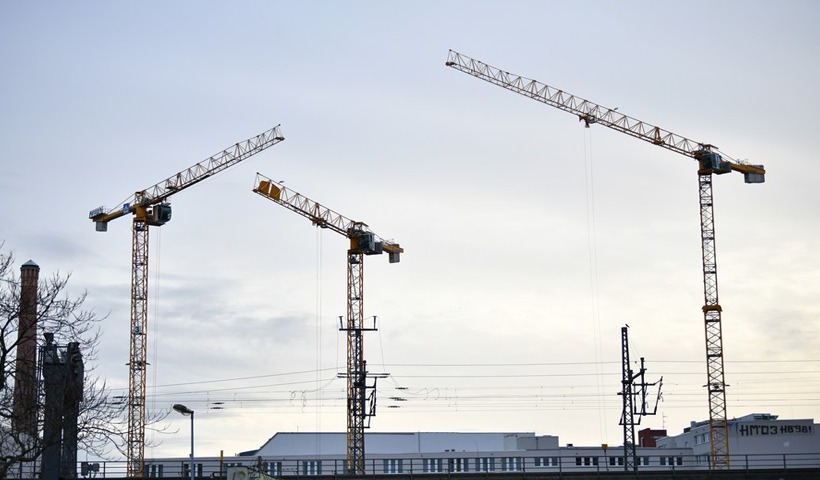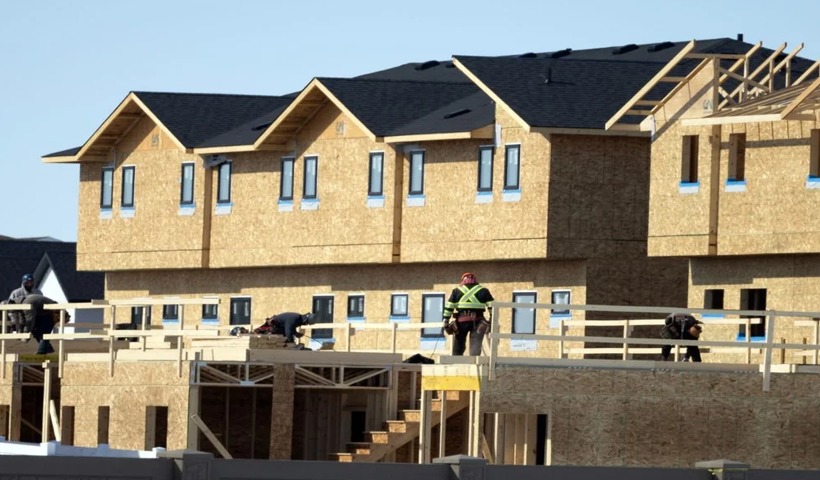Bridging the Gap: Canada’s Ambitious Plan to Address the Housing Shortage by 2030
In a significant declaration by the federal government’s Office of the Parliamentary Budget Officer (PBO), it has been projected that Canada needs to construct approximately 1.3 million new additional homes beyond the baseline projections from now until 2030. This surge in home construction is deemed essential to bridge the current housing gap, which reflects the burgeoning number of households that would not come into existence under the status quo. The report suggests that an ambitious annual target of 180,000 new homes is necessary to meet this demand, culminating in a net gain of 3.1 million new homes by the end of the decade.
Understanding the Scale of the Challenge
The PBO’s assessment underscores an urgent need to accelerate residential construction to curb the widening disparity between housing demand and supply. This goal, if achieved, would represent an 80% increase compared to the record 460,000 new home completions in 2023. Such a monumental increase in housing supply is aimed not only at accommodating the growing population but also at
stabilizing the rental housing vacancy rate to its long-term average of 6.9% by 2030.

Economic Implications of the Housing Supply Deficit
The housing supply deficit has far-reaching implications on Canada’s economy, particularly through its impact on rental markets and home affordability. Persistently low vacancy rates, which dipped to a historic record low of 5.1% in 2023, exacerbate rental inflation and escalate home prices. This situation, if unaddressed, could lead to vacancy rates contracting to new lows of potentially 3.9% by 2025, further inflating housing costs unless the supply dramatically increases.
Comparing Estimates: PBO vs. CMHC Contrasting the PBO’s figures, the Canada Mortgage and Housing Corporation (CMHC) had earlier estimated that Canada would need 3.5 million new homes to restore affordability to 2004 levels by

- This higher figure by CMHC accounts not only for the existing gap but also aims at improving overall home affordability, necessitating a staggering yearly addition of 436,000 homes.
Challenges to Increasing Housing Supply Achieving these ambitious targets is fraught with challenges:
High Inflation in Construction: Costs for materials, equipment, and labor have soared, partially fueled by global economic shifts and supply chain disruptions.
Labor Shortage: There is an acute shortage in skilled trades crucial for construction, further strained by increased demands across other sectors of the economy.

Land Costs and Borrowing: Escalating land prices and high borrowing costs due to monetary policy adjustments complicate financing for new projects.
Regulatory and Policy Hurdles: Zoning laws, lengthy permit processes, and other regulatory frameworks can delay construction timelines significantly.
The Role of Government Policies The federal and provincial governments, alongside major municipal bodies, have initiated various measures to tackle these challenges. Noteworthy among these is Prime Minister Justin Trudeau’s recent suite of major housing initiatives, which aim to incentivize construction and facilitate regulatory processes. However, the real impact of these policies will depend on their swift and effective implementation.
Looking Ahead: A Multi-faceted Approach To realistically meet the housing targets set forth by both PBO and CMHC, Canada will need a coordinated effort involving:
Incentivizing Residential Construction: This could include tax breaks for developers, subsidies for affordable housing projects, and more aggressive targets for public housing.
Streamlining Regulations: Reducing bureaucracy around zoning and permits can significantly decrease the time it takes to get projects off the ground.
Fostering Labor Training: Investing in training for trades related to construction can help alleviate the labor shortages that are currently a bottleneck.
Adjusting Immigration Policies: As immigration continues to drive population growth, aligning housing policies to ensure infrastructure can keep up with the influx will be crucial.
Conclusion : Canada’s goal to build 3.1 million new homes by 2030 is a bold stride towards mitigating the current housing crisis. While the path is riddled with economic and regulatory hurdles, the combined efforts of government incentives, policy reforms, and industry innovation may pave the way for a more stable
and accessible housing market. The coming years will be critical in shaping the landscape of Canadian housing and will require sustained commitment from all stakeholders involved.
Disclaimer: The views expressed above are for informational purposes only based on industry reports and related news stories. Property Pistol does not guarantee the accuracy, completeness, or reliability of the information and shall not be held responsible for any action taken based on the published information.
